After the initial chest constriction and moment of panic, I started to think rationally about the latest artificial intelligence (AI) news: Google engineers made a machine that can compose music. It’s the stated goal of Google’s Project Magenta to make “compelling” music and art. The example I listened to, with variations on a theme of the first notes of “Twinkle Twinkle,” sounded like music to me, with simple patterns that drew me in and more complex patterns that held my attention, a nice balance of elaboration and simplicity, every dimension of composition calculated by algorithms. But could it ever generate an inspired performance?
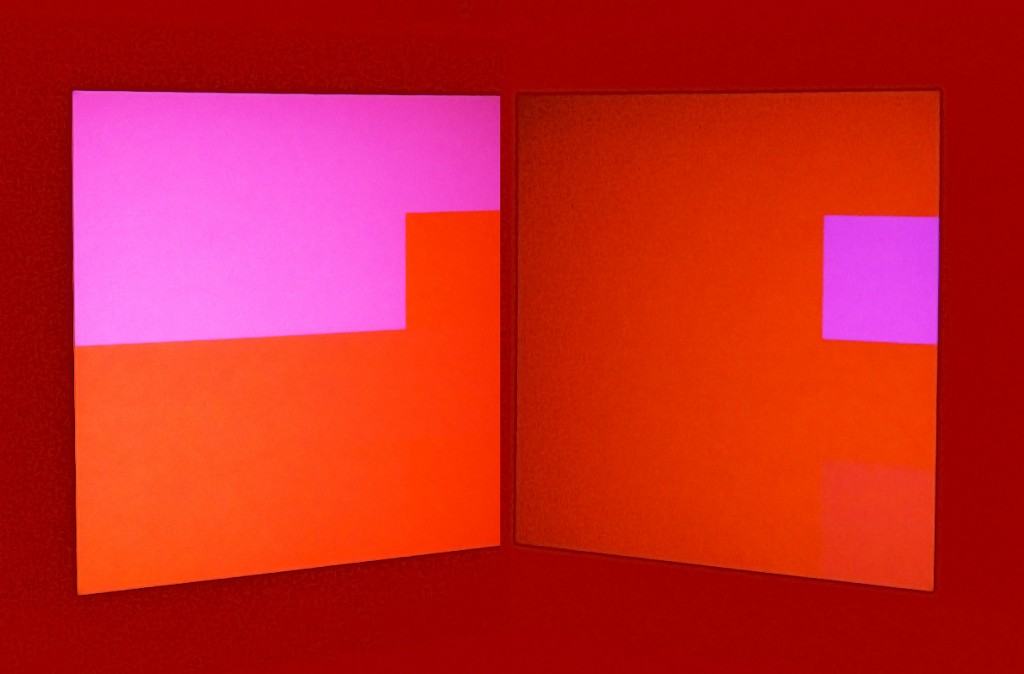
From Ernest Edmonds’ “Light Logic” exhibition 2012. Edmonds is a pioneer of interactive, computer-generated artwork.
Cognitive Scientist, Margaret Bowden, on MIT’s Technology Review, calls this algorithmic art made by AI “combinational creativity,” essentially imitation remixed. She points out that AI’s processing is “hugely limited by relevance blindness.”
The processing that leads to contextual relevance will be a monumental leap for AI, and I won’t speculate about how soon or how likely it will be that engineers can get machines across such a chasm. Although Project Magenta piques my interest, as a teacher helping to develop students’ talents, I have much more optimism about the potential of children and youth to make that same leap from imitation to inspiration. Continue reading
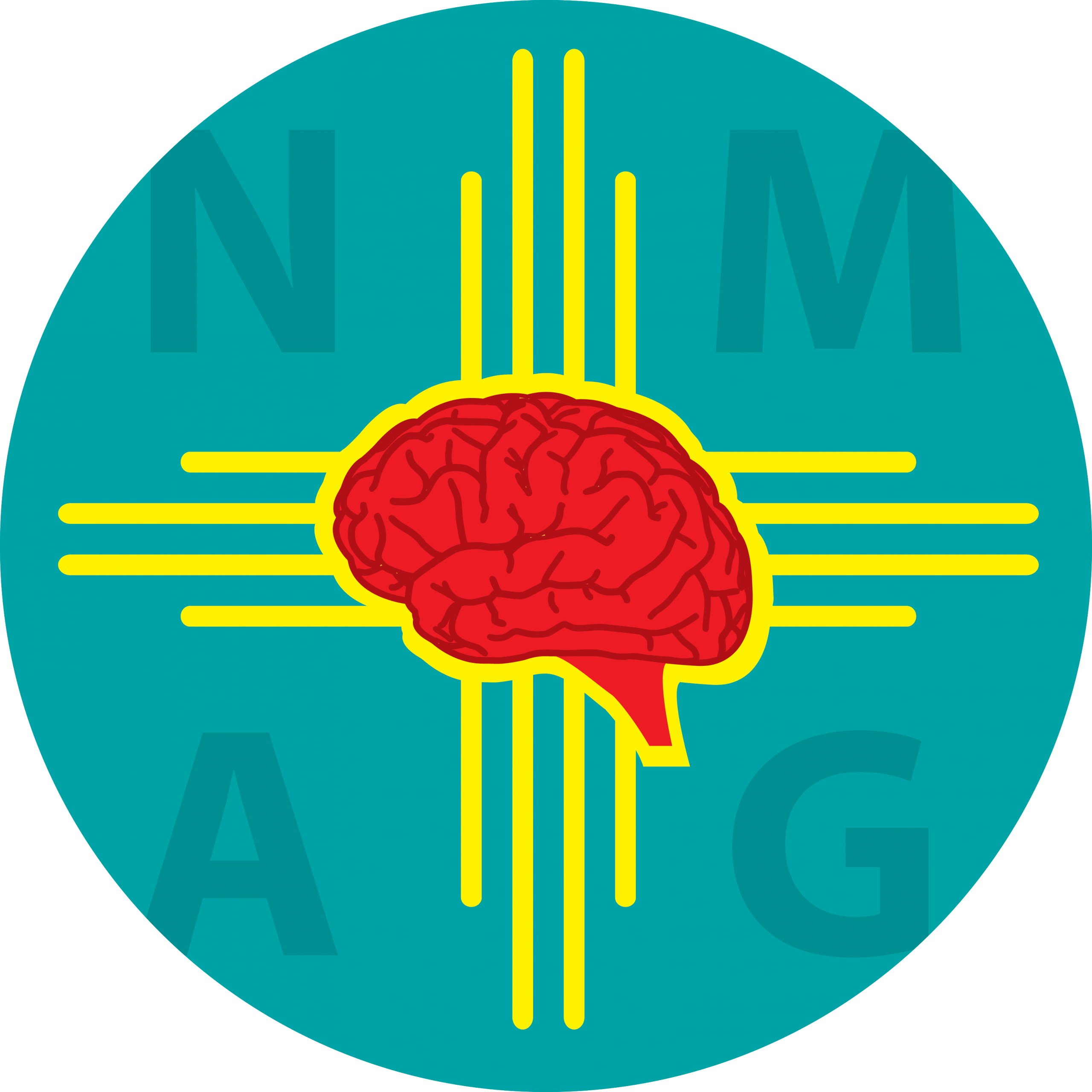
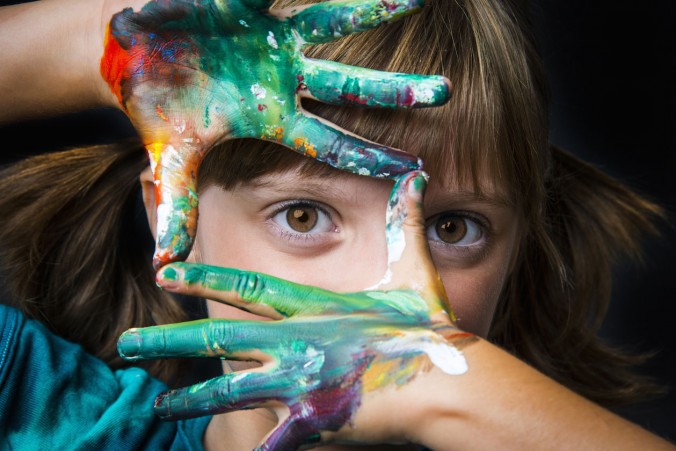
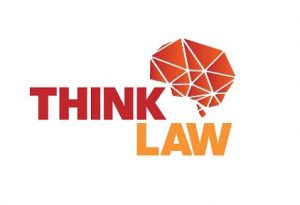



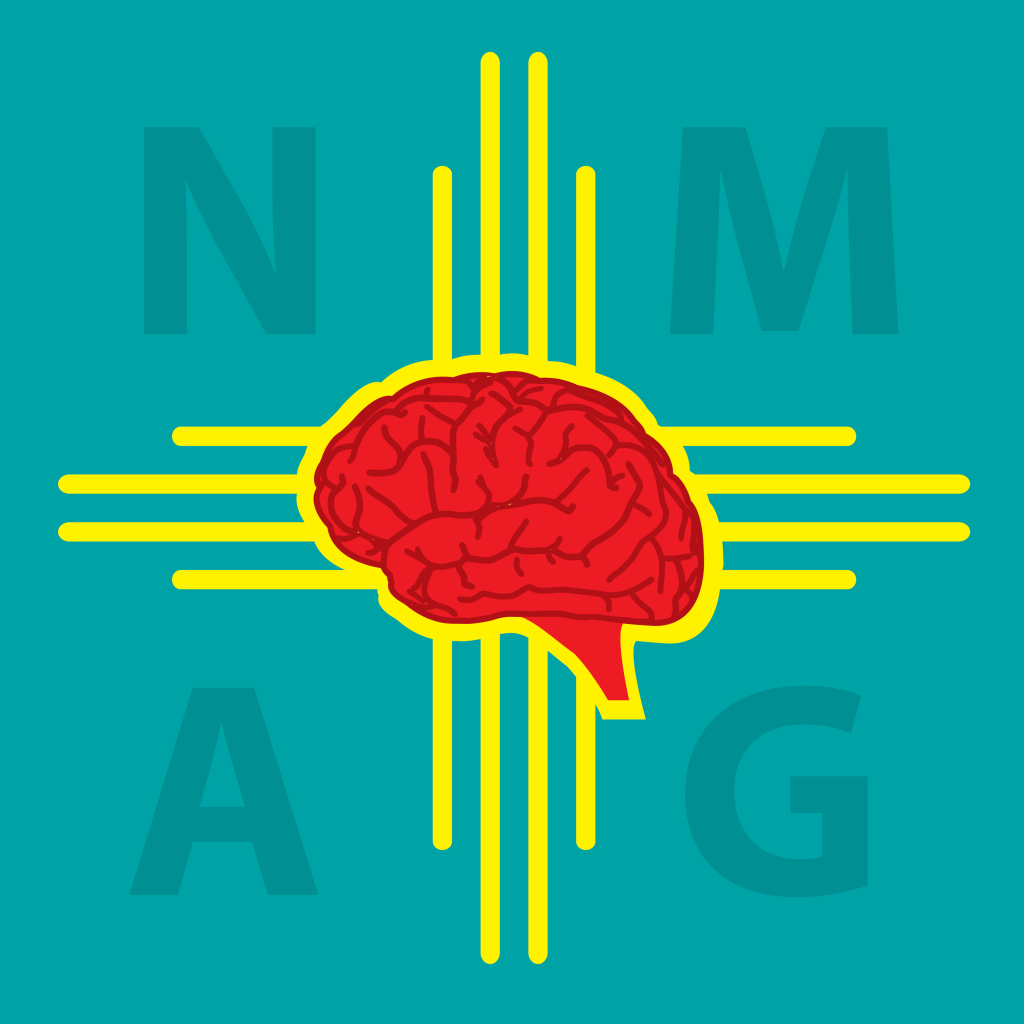
Recent Comments